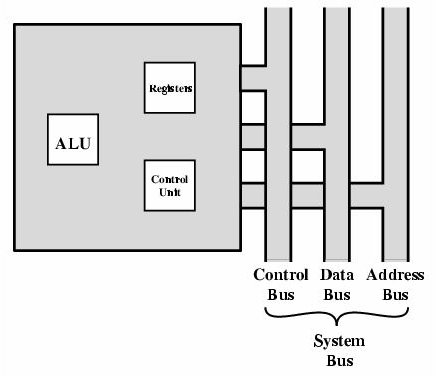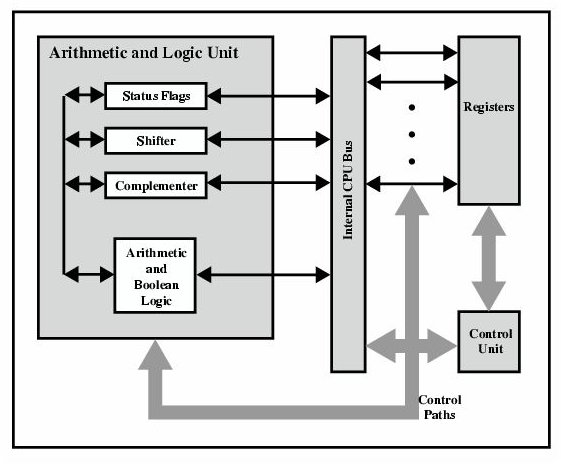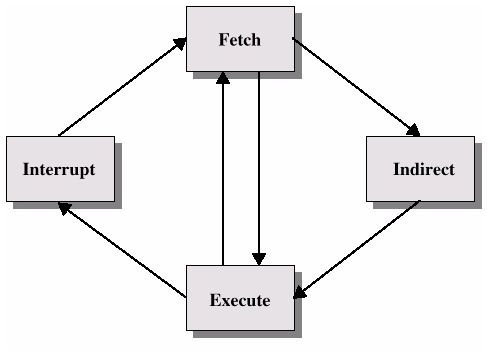An In-Depth Look at What's Inside a CPU
How the CPU Operates
The acronym “CPU” stands for central processing unit. The CPU does arithmetic and logic. That’s it. If you’re wondering what’s inside a CPU, the short anwser is millions of transistors built that are performing coordinated operations. That’s it.
The CPU controls everything and it controls nothing. It controls everything because without the operations it performs there would not be a computer, and it controls nothing because it doesn’t do anything on its own but only at the direction of a piece of software.
Like a car engine, the CPU depends on all other peripherals working in concert to make it work. The CPU needs data; the engine needs gas. And both are dependent on outside elements to work as it should.
What’s Inside a CPU
There are three components of a CPU. The arithmetic unit, the logic unit, and the registers.
The Control Unit (CU) controls the sequence of instructions to be executed and it also manages the flow of data to and from other parts of the computer such as the PC’s memory, hard drive, video card or network adapter. It interprets instructions and it regulates the timing of the processor.

The Arithmetic and Logic Unit (ALU) is two components that perform different operations, but in similar ways. The Arithmetic unit processes mathmatical data and spits out results. The logic unit handles additional processing like combination, deletion or interruption processes. This help keeps the processor on-task.

The Registers are special memory elements used by the CPU for storing data temporarily during execution of instruction. For instance, the Instruction Register (IR) holds the instruction being executed. Meanwhile the Process Status Register holds “processor bits” about operations done by ALU. These registers are pseudo memory modules; useful because they don’t have to leave the CPU so they are in the same “room” when the ALU or Control unit needs them again.

The Program Counter (PC) holds the address of the next instruction to be executed, and the Instruction Decoder is a device which interprets the instruction to be executed. The Accumulator (ACC) stores the intermediate and final results of calculation. It’s the main working area of the ALU.
Image Source
Who Makes CPUs?
As you can imagine making a CPU is a very specialized and expensive process. The number of companies that make CPUs is limited, although there are probably more CPU companies than you imagine; everyone knows about Intel and AMD, but many forget about the companies that make the CPU in your car, your phone or your refrigerator.
PC computers have been traditionally Microsoft based computers. The companies that makes them are Intel and AMD. Apple, however, has used Motorola as the primary source for its PC’s; until recently, now they also use Intel CPU chips. Smartphones often use processors made by companies like Qualcomm, Nvidia, and Samsung.
